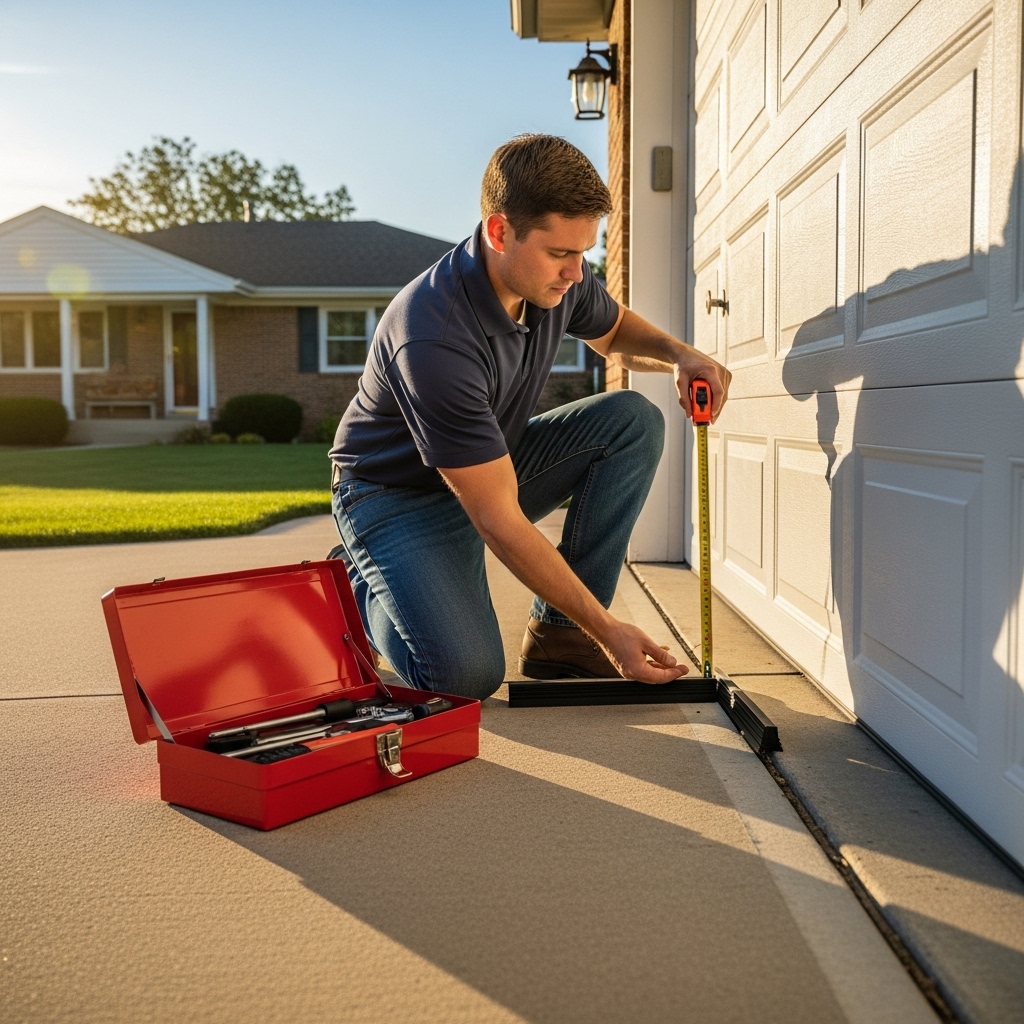Ask any Los Angeles homeowner who has dealt with night-time scurrying or gnaw marks in the attic: the real question is not just what it takes to stop rodents today, but what it takes to keep them out tomorrow. When people talk about the “cost” of rodent proofing in LA, they are often thinking about more than dollars—they are thinking about the time, care, and thoroughness required to truly restore a home to quiet. Understanding the factors that influence the scope of work helps you plan wisely and choose the right partner. If you are exploring professional rodent proofing for your Los Angeles home, it is helpful to consider the full picture of what shapes a project from start to finish.
Los Angeles is unlike many cities. Our homes range from hillside post-and-beam to stucco bungalows, mid-century ranches, and contemporary builds with flat roofs and parapet walls. Climate varies dramatically from beach to Valley, and density changes from block to block. All of these realities affect how rodents move, where they enter, and how complex the sealing must be. The “cost,” in practical terms, reflects the complexity and completeness of addressing those variables so you do not find yourself revisiting the problem every season.
Home Size and Layout
Larger homes generally involve more inspection time, more potential entry points, and more roofline features. A sprawling single-story ranch may have many roof-to-wall intersections and utility penetrations. A tall, narrow multi-story home might require specialized access to high eaves and parapets. Open soffits, decorative corbels, and architectural detailing introduce additional areas for screening and flashing. The layout dictates the length of the exterior survey and the extent of ladder work, and it also shapes how much attic and crawl space there is to inspect and sanitize if needed.
Age and Condition of the Structure
Older homes can be charming and solidly built, but time tends to open micro-gaps at sill plates, around window frames, and near roof returns. Repairs over the years may have left small voids. Modern homes can have their own challenges—complex HVAC penetrations, rooftop equipment, and contemporary vents that are not always rodent-resistant out of the box. The condition of door thresholds, garage weatherstripping, vent screens, and chimney flashing plays a direct role in the level of work required to create a true seal.
Degree of Activity and Contamination
Some homes experience light activity—occasional droppings, faint nighttime movement—while others show extensive evidence. Heavier activity may mean more entry points or longer-established routes. It also influences whether targeted cleaning will suffice or whether a more thorough sanitation plan is appropriate. In attics where contamination is widespread, replacing insulation is sometimes the right call for air quality and long-term odor control. Each of these steps changes the scope and timing of the project.
Accessibility and Safety
In hillside neighborhoods, steep driveways, tall roof sections, and limited ladder placement can add time. Tight crawl spaces and low-clearance attics slow inspections and sealing. Professional crews plan around these realities with the right equipment and safe practices. Accessibility considerations are not complications so much as realities to be accounted for, ensuring the work is both thorough and safe.
Materials That Withstand LA Conditions
The materials selected for exclusion influence durability. Along the coast, corrosion resistance is essential; inland, heat can stress plastics and adhesives. Rodent-resistant vent screens, properly gauged hardware cloth, and metal flashing at critical points are long-term choices that spare you from chasing new gaps later. Quality door sweeps and thresholds matter at garage and side entries, where just a sliver of daylight can invite nightly visitors.
Integration with Sanitation and Insulation Work
Sometimes proofing is primarily about sealing. Other times, it integrates with cleaning and insulation upgrades. When these services are coordinated, the result is a healthier, more comfortable home. A well-planned sequence might involve sealing entry points first, then removing affected insulation under containment, sanitizing the space, and installing fresh insulation to close the loop. That sequencing preserves gains and helps prevent re-entry based on lingering scent cues.
Seasonal and Neighborhood Dynamics
Rodent pressure fluctuates with seasons and nearby activity. Fall cool-downs push rodents into warmer spaces; spring and summer may shift patterns as food sources change. Construction on your block can drive movement, as can tree trimming or new landscaping. Trusted local teams read these currents and tailor the plan to current conditions, which can influence how much monitoring is wise after the initial work is complete.
The Value of Thoroughness
When homeowners talk about the value of professional work, they rarely talk about line items; they talk about sleeping through the night without scratching above the ceiling, about opening a garage cabinet without finding fresh droppings, about a home that smells clean again. Thoroughness buys peace of mind. It shows up in the details: a perfectly fitted vent screen, a neatly sealed conduit, a door sweep with no daylight showing underneath. It shows up in communication as well—before-and-after photos and a clear explanation of what was done and why.
Why a Local Partner Matters
A Los Angeles-based team that has worked in your neighborhood brings a level of practical wisdom that speeds resolutions. They know which rooflines always seem to hide a gap at the same intersection, which parapet drains need reinforcement, and which door sills are notorious for subtle warping. They also understand how Santa Ana winds, marine layers, and heat waves affect materials and structures, and they select solutions that hold up across those conditions.
Planning Your Project
Start with a comprehensive inspection and a plan that is phased and clear. Ask what will be sealed, what materials will be used, and how sanitation will be handled if needed. If insulation is part of the scope, understand the sequence of removal, cleaning, and installation. Discuss any upcoming remodels or roof work so proofing is coordinated with other trades. With a solid plan, the work proceeds smoothly and the outcomes are more durable.
In the middle of a project, it is common to feel a turning point—noises fade, new droppings cease, and access points disappear one by one. That is the moment where the cumulative effect of careful rodent proofing becomes tangible. From there, a short period of monitoring helps confirm that the home remains quiet and closed, especially after weather shifts or maintenance work that might open a new gap.
What You Can Do to Support Results
Homeowners play a quiet but crucial role. Trim tree branches away from the roofline. Keep trash lids tight and pet food secured. Store firewood away from walls. If you notice new noises or activity, jot down times and locations so your technician can trace patterns quickly. These simple steps help the sealed structure work hand-in-hand with the surrounding landscape.
Evaluating Proposals Without Focusing on Numbers
When you review proposals, look beyond the bottom line and pay attention to the narrative: how well does the plan explain your home’s specific vulnerabilities? Which materials are specified and why? Are photos included to show where work will be done? Does the scope address sanitation and insulation if needed? Are there follow-up visits to verify success? A clear, thoughtful proposal reflects a company that values outcomes and stands behind its work.
Results That Last
The true measure of a project is not a label or a promise; it is the quiet that returns and stays. It is the absence of new rub marks and the continued cleanliness of storage areas. It is the confidence you feel opening the attic hatch knowing a well-sealed, well-sanitized space lies beyond. Los Angeles homes can be complex, but with the right plan and a dedicated team, long-term protection is very achievable.
Frequently Asked Questions
Q: What factors most influence the scope of work? A: Home size and layout, the number and type of entry points, existing contamination, access challenges, and the durability of materials all shape the work plan.
Q: Do all projects include attic insulation replacement? A: No. Many projects only require sealing and targeted sanitation. Insulation replacement is recommended when contamination is widespread or the existing insulation is degraded.
Q: How long does a typical project take? A: It varies by home complexity and the extent of work, especially if sanitation and insulation are included. Your provider should outline a realistic schedule at the outset.
Q: Is poison necessary? A: The emphasis is on physical exclusion and sanitation. Trapping can be used strategically, but the core of lasting success is sealing entry points and removing attractants.
Q: Will the work change how my home looks? A: Quality exclusion is discreet. Screens are matched and flashings are neat and paintable. From the curb, you should not notice a visible difference.
Q: How do I keep results strong over time? A: Periodic checks after storms or remodels, plus simple habits like trimming branches and securing food sources, keep your home tight and uninviting to pests.
Q: Can I coordinate with neighbors? A: Yes. While your home can be protected independently, a coordinated approach with adjacent properties can reduce pressure and make results even more robust.
If you are weighing your options and want a plan centered on outcomes—quiet nights, clean attics, and durable sealing—start with a thorough inspection by a local team that specializes in comprehensive rodent proofing. The right partner will guide you through each step, prioritize long-term protection, and help your Los Angeles home feel like itself again.

